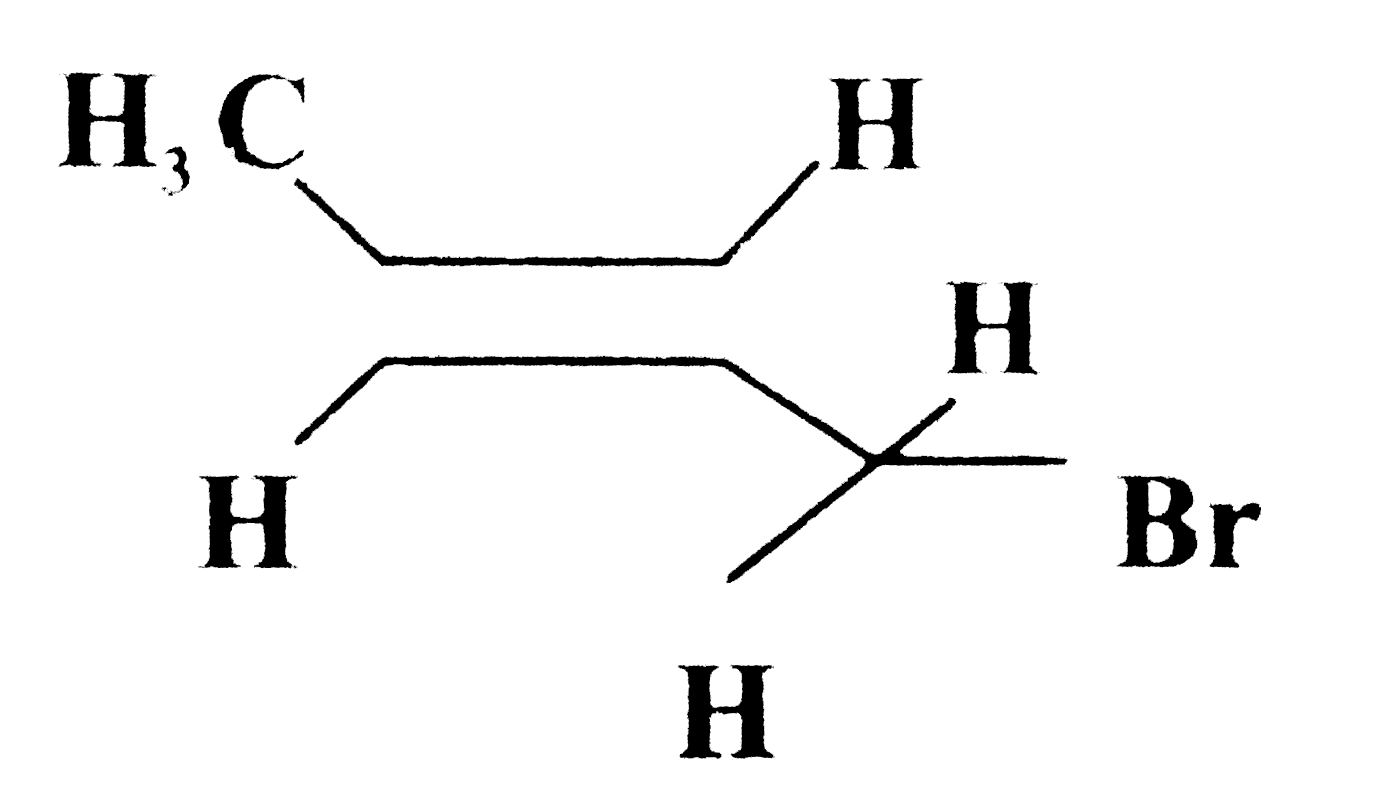Complete the following chemical equations :
CH3COON+NaHCO3→
To complete the chemical equation for the reaction between acetic acid (CH₃COONa) and sodium bicarbonate (NaHCO₃), follow these steps:
Step 1: Identify the Reactants
The reactants in the equation are:
- Acetic acid (CH₃COONa)
- Sodium bicarbonate (NaHCO₃)
Step 2: Understand the Reaction
When a weak acid like acetic acid reacts with sodium bicarbonate, a neutralization reaction occurs. This reaction typically produces a salt, carbon dioxide gas, and water.
Step 3: Write the Products
From the reaction, we can predict the products:
- The salt formed will be sodium acetate (CH₃COONa).
- Carbon dioxide (CO₂) will be released as a gas.
- Water (H₂O) will also be produced.
Step 4: Write the Complete Equation
Now, we can write the complete balanced chemical equation:
CH3COONa+NaHCO3→CH3COONa+CO2+H2O
Step 5: Check for Balancing
In this case, the equation is balanced as:
- 1 molecule of acetic acid reacts with 1 molecule of sodium bicarbonate to produce 1 molecule of sodium acetate, 1 molecule of carbon dioxide, and 1 molecule of water.
Final Answer
The complete balanced chemical equation is:
CH3COONa+NaHCO3→CH3COONa+CO2+H2O
---
The reactants in the equation are:
- Acetic acid (CH₃COONa)
- Sodium bicarbonate (NaHCO₃)
When a weak acid like acetic acid reacts with sodium bicarbonate, a neutralization reaction occurs. This reaction typically produces a salt, carbon dioxide gas, and water.
From the reaction, we can predict the products:
- The salt formed will be sodium acetate (CH₃COONa).
- Carbon dioxide (CO₂) will be released as a gas.
- Water (H₂O) will also be produced.
Now, we can write the complete balanced chemical equation:
CH3COONa+NaHCO3→CH3COONa+CO2+H2O
In this case, the equation is balanced as:
- 1 molecule of acetic acid reacts with 1 molecule of sodium bicarbonate to produce 1 molecule of sodium acetate, 1 molecule of carbon dioxide, and 1 molecule of water.
The complete balanced chemical equation is:
CH3COONa+NaHCO3→CH3COONa+CO2+H2O
Topper's Solved these Questions
- CARBON COMPOUNDS Book:OSWAL PUBLICATIONChapter:CARBON COMPOUNDS Exercise:BOARD CORNER ( Long Answer Type Questions)
Explore 4 Videos
- CARBON COMPOUNDS Book:OSWAL PUBLICATIONChapter:CARBON COMPOUNDS Exercise:BOARD CORNER (Very Short Answer Type Questions)
Explore 5 Videos
- CARBON AND ITS COMPOUNDSBook:OSWAL PUBLICATIONChapter:CARBON AND ITS COMPOUNDSExercise:CREATING BASED QUESTIONS
Explore 23 Videos
- CHEMICAL REACTIONSBook:OSWAL PUBLICATIONChapter:CHEMICAL REACTIONSExercise:BOARD CORNER (Short Answer Type Questions)
Explore 3 Videos
Similar Questions
Complete the following chemical equations:
CH3COOH+NaHCO3→
View SolutionComplete the following chemical equations :
CH3COOH+C2H5OHConc.H2SO4−−−−−−−→
View SolutionComplete the following chemical equations :
HgCl2+PH3→
View SolutionComplete the following chemical equations :
(i) CH3COOC2H5+NaOH→
(ii) CH3COOH+NaOH→
(iii) C2H5OH+CH3COOHConc. H2SO4−−−−−−−−→
View SolutionComplete the following chemical equations :
SO3+H2SO4→
View SolutionComplete the following chemical equations :
C2H5OH+CH3COOHConcH2SO4−−−−−−→
View Solution(a) State the IUPAC name of the following compound :

(b) Complete the following chemical equation :
CH3CH2CH=CH2+HBrPeroxide−−−−→.......
View SolutionComplete the following chemical equations :
F2(g)+NH3(aq)→
View SolutionComplete the following equations :
CH3COOH+NaOH→
View SolutionComplete the following chemical equations :
Cu+HNO3 ( dilute) →
View Solution

